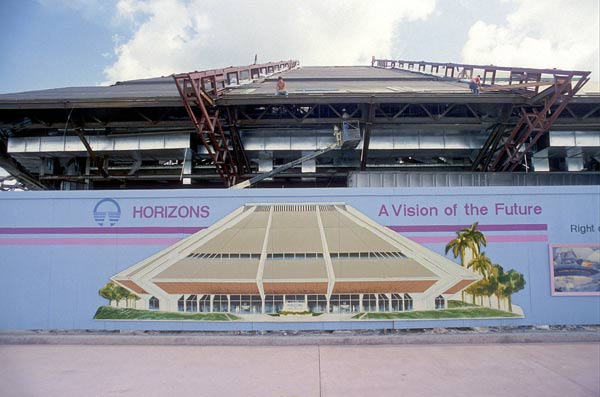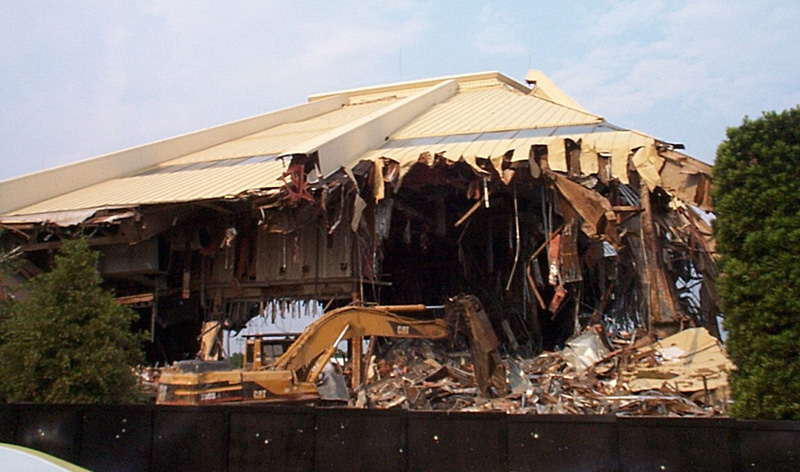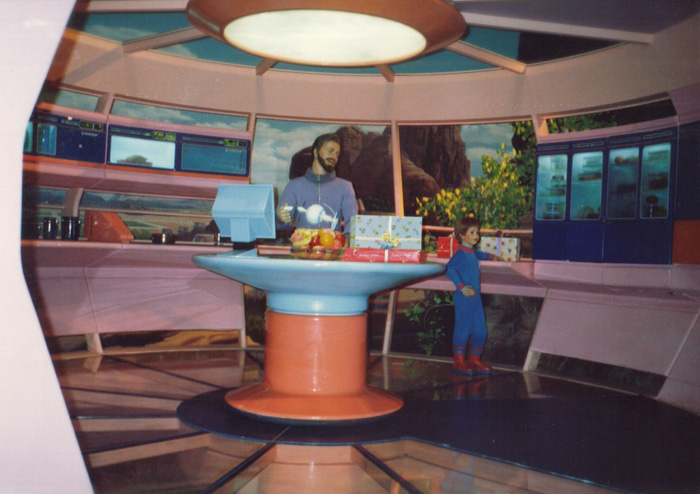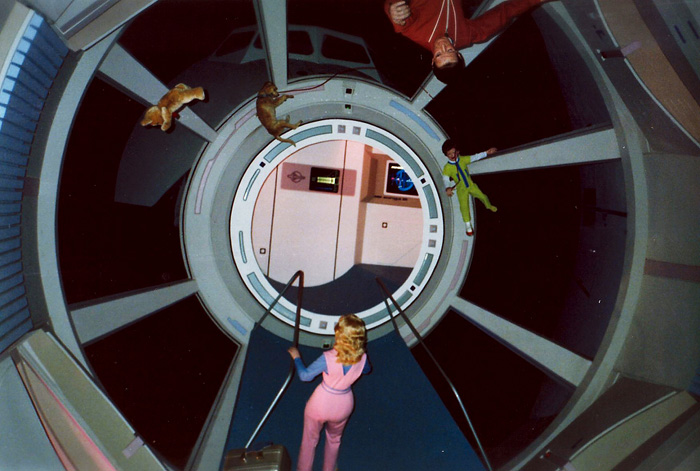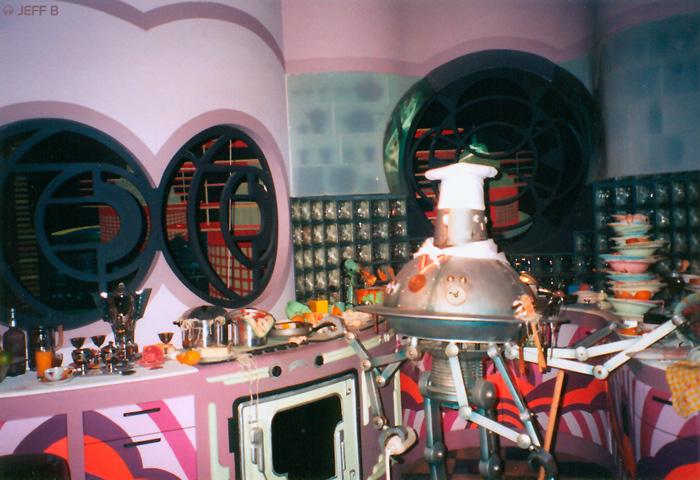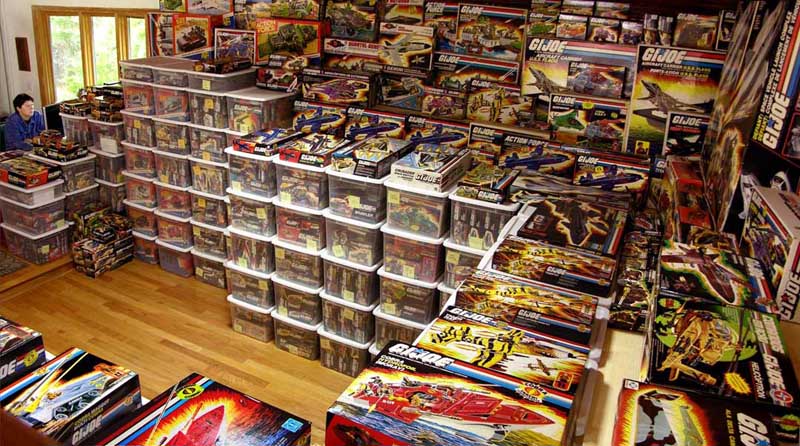I look around and see so many who are worried about the state of publishing and writing. And while their concern may become motivation to focus their energies on finding new paths forward, I find that too many writers incorrectly conclude:
“This is the worst time to be a writer.”
And that isn’t true. Now, I will admit, it can be HARD to be a writer. But that is nothing new. I would say that it is easier nowadays to be a writer than it ever has been before.
If are a writer, waiting to take action, don’t. You will not magically be in a better position when you are 3 or 5 years older. I started my company 3 years ago, after asking myself:
“If not now, when?”
If I didn’t launch a new venture at 37 years old, then how could I do it at 40 or 45 or 50? What am I waiting for? Now that I am 3 years in, I don’t even have the words to express how thankful I am that I made that decision 3 years ago.
It is far nicer to look back at what I have accomplished (and the lessons along the way), than look back and see nothing at all. No ups, no downs, no process of learning. Just stagnating. Waiting. Procrastinating behind thin excuses. It is even nice to look back on my failures. Why? Because they are BEHIND me, not just some ‘fear of failure’ that I project into the future.
Why is right now the best time – EVER – to be a writer? This is what I have learned after working with hundreds of writers (from new authors to bestsellers), speaking at dozens of writing & publishing conferences, and consulting with publishers (from one-person small presses to big New York houses):
IT IS EASIER TO ACCESS INFORMATION, INSPIRATION, AND OTHERS
Information, inspiration, and other people can be essential building blocks of finding ideas, writing your book, and speaking with those you may need to in the course of creating it. You are just a web browser away from connecting with each of these things, or finding in-person resources to do so. Not only that, there are organizational tools to help you organize your writing, your ideas, your contacts and your research.
IT IS EASIER TO PUBLISH YOUR WORK
The act of ‘publication’ is no longer a closed system where you NEED to convince others that your book is worthy of publication. Yes, those processes still exist, and still work. But you now have more options. Self-publishing has not just opened the door technologically, but even socially. Years ago, if you self-published, it would be called “vanity publishing” and there was an immediate stigma associated with the book. That negative stigma is gone. By estimates I have seen, 1.5 million books were published last year, and more than 2 million will be published in the next year. The act of ‘publishing’ is no longer the barrier for entry if you want to be a writer.
IT IS EASIER TO DISTRIBUTE YOUR WORK
One word: Amazon. Okay, that is too easy. There are a variety of companies and ways that are making it easier and easier to transfer a file or a physical object from you to a potential reader. With ebook cutting the cost of book production to almost nothing when compared to print books, a range of new solutions are open to authors. You no longer have to worry about committing thousands of dollars on an initial print run, warehousing costs, mailing costs, and customer service when these processes break down.
IT IS EASIER TO CONNECT WITH POTENTIAL READERS
Not sure who your potential audience is? It is now easier than ever to find out, to do research, to connect with those who can help you find readers who will love your book. I am not talking about publicity here, or spamming social media services with the message: ‘buy my book!’ I am talking about building the relationship you need to truly connect with readers.
IT IS EASIER TO ENSURE YOUR BOOK HAS AN EFFECT ON PEOPLE’S LIVES BEYOND THE SALE OF A BOOK
Too many writers feel that the sale of their book is the culmination of their relationship with a reader. But when someone pays you $15 for your book, that should be the START of how the two of you connect. What this means is that your effect as a writer is now potentially even greater, that you are focused on developing an audience for your NEXT book, and that people have new ways of aligning with you. Whether you tell stories, share information, help people, challenge them, or entertain them, connecting beyond the book itself opens up a world of possibilities to create meaningful experiences with others.
And for each of these things, the timeframe is dramatically shorter. There are fewer steps that require these processes to take years, and fewer steps that add uncertainty to the mix. Plus: many of the needed tools are largely free. What is left? Hard work…
While I say it is ‘easier’ in the list above, there is still the fact that this is all still HARD. Each of these steps, while perhaps easier than they were a decade ago, can each be difficult (even arduous) for many, which is why I work with writers every day to help them on their journey. This year, there are three themes I will be focusing on that I believe address some of the most persistent and difficult challenges that writers face. These are things that I see writers struggle with every day:
CREATIVITY
How do writers find ideas that express what they want to share? The process behind coming up with new ideas, and the ability to funnel them into something useful, something meaningful, and something that shapes the lives of others. Establishing a process that focuses on output, on creating work that they are proud of.
PRODUCTIVITY
I always ask writers what their biggest challenge is, and the answer I hear more often than any other is: “I am overwhelmed.” They are overwhelmed with trying to ‘balance’ it all, to find the time to write, publish, develop an audience, work a day job, attend to their family, and simply to live the life they envision. Shoving more into your day is not the answer though, and this is a topic I will be attacking in a huge way this year: helping writers find the process they need to do what matters most to them.
COMMUNITY
Here, I extend the work I have done with author platform, ensuring that writers are able to not just publish a book, but find an audience for it. This is not just about ‘marketing,’ this is about contributing to the community you are most passionate about. To consider that one of the most important parts of being a writer is ensuring that their work reaches people who will love their work, and truly shapes their lives in profound new ways.
Too often, I find that writers get unncessarily wrapped up in specific tactics. They feel that if they can just publish their book, or get their website design down, or figure out how to Tweet, that they will somehow master the art of being a writer. And while these things can be elements of being a writer today, I find that there are often deeper issues that need to be addressed:
- How do we create?
- How do we we manage our days and our attention?
- How do we make meaningful connections with others around our writing?
That is why my year is focused on helping writers with creativity, productivity, and community. And why I feel that right now is the best time to be a writer.
That is, if you are ready to work for it.
Thanks!
-Dan

